How South Australia’s best and brightest are trying to reverse the course of climate change
Climate change will impact every facet of South Australian lives — from energy to transport, environment to agriculture — here’s what our best and brightest are doing to improve the situation.

SA News
Don't miss out on the headlines from SA News. Followed categories will be added to My News.
- Climate change crisis should spark SA innovation in agriculture
- Climate change protesters forcibly removed from Parliament House
Adelaide scientists are working hard at fixing the climate, finding new and better ways to help meet the nation’s emission reduction targets.
They’re coming at the problem from every angle, from heavy industry to transport, agriculture, technology, economics and marine biology.
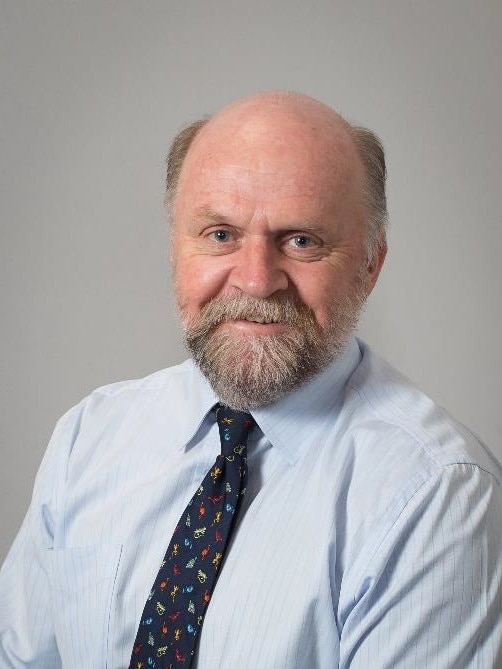
This week University of Adelaide Environment Institute director Professor Bob Hill gathered six scientists for a public event, “Meeting Australia’s Climate Change Targets: Price, Opportunity and Pathways”.
He said he wanted to share some of the research being done to improve the situation.
“Here are the potential solutions, here are the good things going on that we hope will turn this situation around and at least lessen the amount of damage done,” he said.
“We're not just sitting back wringing our hands and saying it's all over.”
While climate change has become a major election issue, the response from the major parties ranges “from inadequate through to not too bad”, leaving plenty of room for improvement.
“I don't think anyone has cottoned on to how big a problem this is,” Professor Hill said.
“For me this is the issue of the 21st Century, if we don't deal with climate change properly then we don't need to worry about a whole lot of other things because it's going to be a really bad outcome.
“All of our efforts then will be on trying to survive the damage, but it's not quite too late to be taking a more positive view than that.”
Not quite, but time is running out.
We need to transform our society and tackle every sector of the economy.

ENERGY
Centre for Energy Technology director, Professor Gus Nathan, wants to reframe the debate around opportunities, with new global markets opening up for hydrogen and low-carbon certified metals.

“Currently our minerals and energy exports together are 45 per cent of Australia's exports,” he said.
“We have the threat of losing our coal exports, if coal becomes unpopular overseas, but we have an opportunity to harness our renewable energy to export green hydrogen, or potentially transform our natural gas to become carbon neutral (blue) hydrogen.”
Among his many research projects is a $15 million partnership with Alcoa to introduce 50 per cent solar thermal energy into the Bayer Process, which transforms the ore bauxite into alumina or aluminium.
Professor Nathan is a big fan of solar thermal energy, which concentrates the energy of the sun using mirrors to create heat. Many industrial processes need heat to catalyse chemical reactions.
He’s also working on technology to capture CO2 from the air. It might sound like a “fairytale”, he says, but direct capture of CO2 from the air is possible.
A pilot scale plant has been built overseas and the company Carbon Engineering is now going to build a commercial scale plant, which could potentially be adapted to run on solar thermal energy.
TRANSPORT
Centre for Energy Technology deputy director, Professor Bassam Dally, supports the switch to electric vehicles, backing plug-in electric hybrid vehicles in the short-term because they offer “the best of both worlds”.
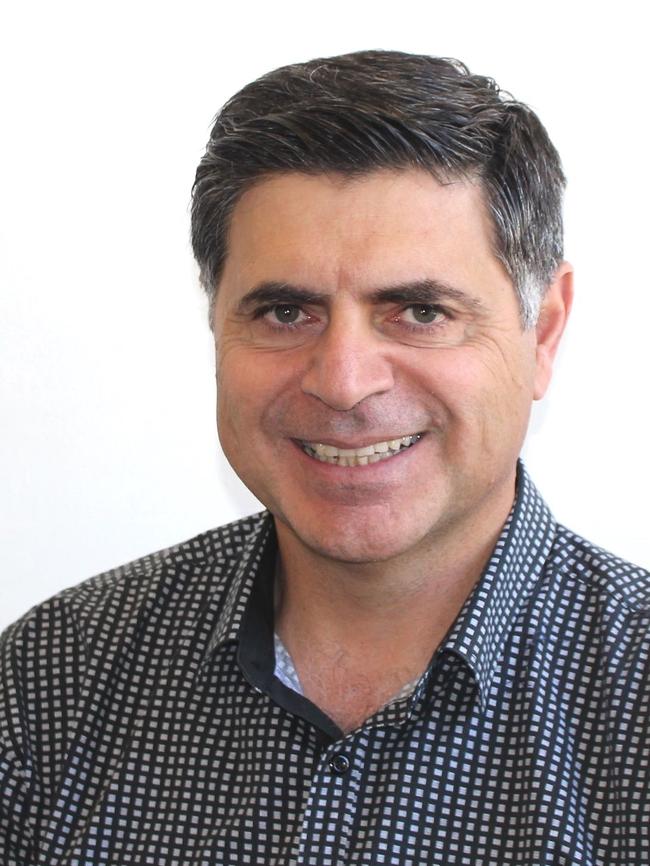
But he says there are a few issues to consider if we’re going to transition the whole of Australia’s car fleet.
“We need 15 per cent more electricity in the network to charge these cars,” he said.
“We also need to increase the production of metals, ten times more lithium, six times more cobalt, four times more graphite and 2.4 times more indium.”
University researchers are working on “solar looping of molten metals”, a process four times cheaper than electrolysis and new solar thermochemical catalysts as well as new materials for next generation batteries.
Heavy, large duty vehicles such as trucks will more likely require hydrogen fuel cells. Chemistry Professor Greg Metha as patented technology to produce hydrogen using catalysts and the sun, which is 40 times more efficient than the best available technology on the market.
OCEAN
Environment Institute deputy director and marine biologist Professor Bronwyn Gillanders believes we can make better use of the largest carbon sink on earth, the ocean.

She says coastal habitats such as mangroves, seagrass meadows and tidal marshes are “extremely efficient at capturing and storing carbon”. They can accumulate carbon much faster and store it far longer than forests on land, even in the tropics.
Restoring coastal habitats has other benefits too, such as stabilising shorelines, thereby providing extra protection from the storm surges, while also supporting fisheries and recreational activities.
With funding from the Goyder Institute for Water Research, Professor Gillanders is leading research into coastal carbon opportunities, exploring the potential for coastal carbon offset schemes.
The data collected from SA systems will help provide appropriate default values for use in calculating offsets, rather than using national or international values that could lead to lower carbon credits.
The collaborative project also involves CSIRO, SA Water and the state Department for Environment and Water.
Flinders University Professor Sabine Dittmann is leading another Goyder Institute project exploring the potential for carbon sequestration through ecological restoration at the Dry Creek Salt Field.
AGRICULTURE
At the Centre for Global Food and Resources, associate director, Professor Sarah Wheeler, is excited about the potential for farmers to contribute to carbon sequestration through changed land management practices.
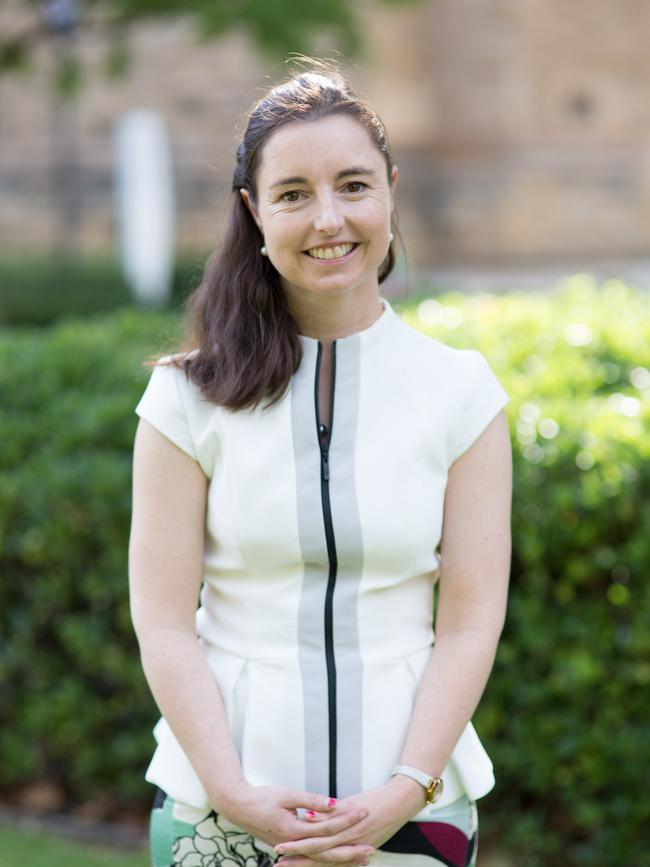
There are clear benefits in reducing land clearing and restoring degraded landscapes, but research is also demonstrating advantages to both production and climate from boosting soil carbon.
The SA Research and Development Institute is leading a project for the Goyder Institute of Water Research looking at offsetting greenhouse gas emissions through increasing soil organic carbon in SA clay-modified soils.
This year a farm in Victoria was the first in the world to obtain carbon credits for soil carbon, having demonstrated regenerative farming practices increased soil carbon year on year.
The problem of livestock producing vast quantities of methane, a far more potent greenhouse gas than carbon dioxide, may be tackled by changing their diet.
CSIRO research has shown that feeding cattle the right type of seaweed can inhibit the microorganisms that produce methane in the rumen and reduce methane emissions.
This is a big deal because direct livestock emissions account for about 70 per cent of the Australian agricultural sector’s greenhouse gas emissions and 11 per cent of total national greenhouse gas emissions. That makes Australia’s livestock the third largest source of greenhouse gas emissions after energy and transport.
MEASUREMENT
Australian Smart Cities Consortium director, Professor Nick Falkner, takes a different approach to the problem, from his background in computer science.
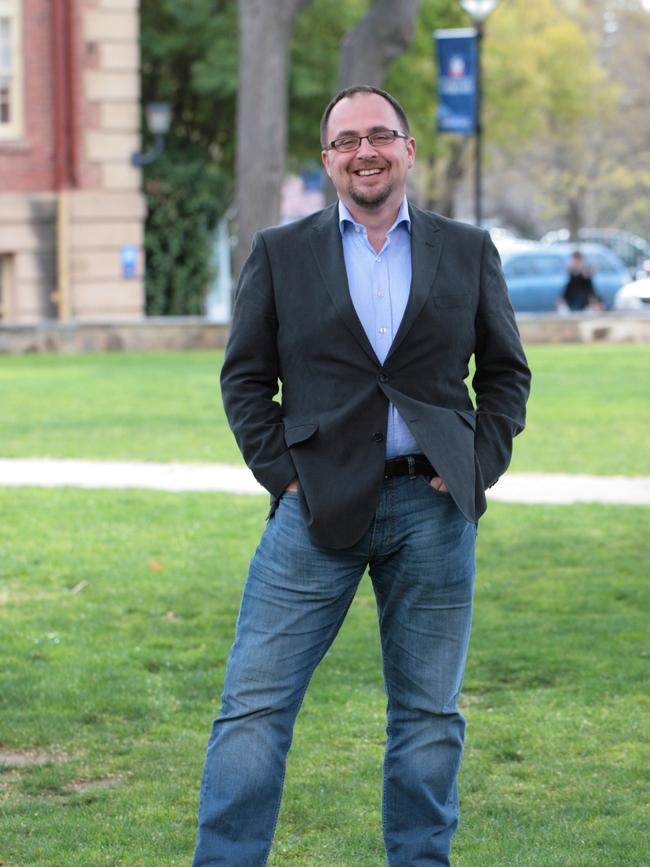
He wants to use the “internet of Things” to sense, measure and manage complex systems, harnessing vast amounts of information to create better solutions.
The idea really is to support, enable and encourage good behaviour with systems that recognise and respond when someone has made a choice to do the right thing by the environment.
“Asking people to do things better ‘just because’ will only work for a certain number of people and it will only work for a certain amount of time, but if we can make it clear to people, through really identifying what these changes are, how the benefits accrue to them, what is the actual benefit to them for doing it, we're going to give them better motivation,” Professor Falkner said.
“We're also going to be able hopefully to build more responsive structures, better transport corridors, better power systems, because we'll identify the things that really need to be invested in and there'll be general benefit from that.”
In SA he’s preparing to make Adelaide a “world class IoT test bed”, with the launch of a large collaborative project later this year. Watch this space.
ECONOMICS
Economist Professor Mike Young, also from the Centre for Global Food and Resources, has proposed a Climate Sharing System to bring certainty and confidence to industry.
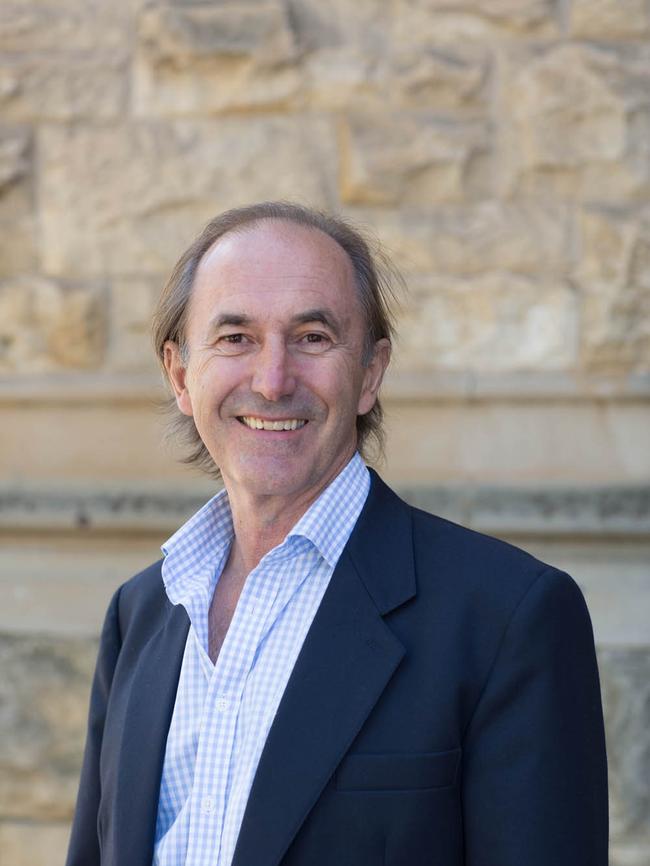
“I had the crazy idea that we could learn from what we've done in water, including all the mistakes we've made, and put in place a state-of-the-art Climate Sharing System, just like we have a water sharing system for the Murray,” he said.
“You'd issue shares to all of the current polluters, just like farmers have water shares which are tradeable and you'd make an allocation of permits (to pollute) in proportion to the number of shares you have.
“You make both the permits and the shares tradeable, you make the shares mortgageable like we do with water so polluters can afford to go out and buy or put in technologies for reducing emissions.”
The idea is to keep emissions within nationally and internationally agreed limits and steadily reduce them.
Two markets would soon emerge, one for shares that reflect the long-term cost of meeting the agreed target and one for allocations that reflect the short-run marginal cost of compliance with the current limit.
“There'd be a Climate Change Authority whose job is to work out what the emissions reduction strategy would be,” Professor Young said.
“Hopefully they'd be able to make better decisions than the Murray Darling Basin Authority.”



